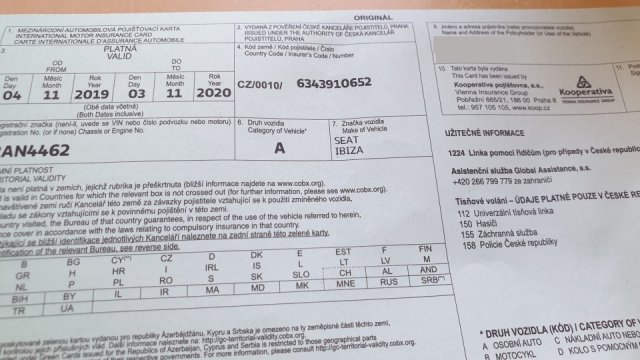Jakarta, Selular.ID – The latest report by market research firm IDC revealed that smartphone shipments in Indonesia only reached 9.2 million units in the third quarter (Q3) 2021, or decreased by 12.4% year-on-year (YoY).
A number of factors have triggered the decline in smartphone shipments. As is known, the second wave of Covid-19 peaked in July 2021, and to suppress its spread, the government imposed an Emergency Community Activity Restriction (PPKM), which took place on July 3, 2021.
The implementation of the Emergency PPKM is carried out in stages starting on July 26, 2021, with a note that the trend of Covid-19 cases has decreased.
With this policy, it caused retail closures that had an impact on the Java and Bali areas and several other hotspots, causing offline sales to be disrupted.
Meanwhile, after restrictions began to be eased since September, the supply shortage had an impact on overall mobile phone shipments.
Vanessa Aurelia, Client Device Market Analyst from IDC Indonesia said, production and delivery, with a tighter supply of 4G smartphones because OEMs focus on 5G smartphones.
And with rising component prices, leading to price increases for some low-end 4G models.
“Vendors play a strategic role in dealing with this difficult supply situation, where some vendors choose to replace or not release cell phone models that are constrained by supply,” said Vanessa
Vanessa added, several vendors have started to take other ways, such as reviewing their distribution strategy to keep prices under control.
Strategically in the face of this difficult supply situation, with some vendors choosing to replace or not release models that have many supply constraints.
Series number up
Through the official Instagram last October, Xiaomi Indonesia announced that it provided a policy on price adjustments. Xiaomi announced that it made adjustments to its smartphones with a price increase of IDR 100,000.
There are 4 smartphones that have experienced price increases, namely, Redmi 9A starting from Rp. 1,299,000, Redmi 9C starting from Rp. 1,499,000, Poco M3 Pro 5G starting from Rp. 2,699,000, Redmi Note 10 5G starting from Rp. 2,799,000.
Following Xiaomi, a week later Vivo did the same thing, one of the series, namely Y12s RAM3/32 GB, experienced a price adjustment of Rp. 100 thousand. If previously this series was priced at Rp. 1,799,000, now it is sold for around Rp. 1,899,000.
Top five brands
IDC also recorded 5 top brands that compete with each other, along with brands that are included in the top 5 brands. Ranked first is Oppo, the brand has managed to climb back into the top spot by maintaining a relatively stable supply.
Despite the supply shortage, the low-end segment priced at IDR 1 to 2 million accounts for the bulk of its shipments.
Vivo managed to climb to the second position because it was able to increase offline sales and maintain inventory levels.
Vivo was able to enter the ultra low-end segment because the price of Y dropped to below US$100 while taking second place in the low-end segment with its Y series.
Xiaomi dropped to third place, after two consecutive quarters of strong growth, as it faced tight supply and inventory constraints.
Nevertheless, Xiaomi stands firmly as the leader of the middle class segment, at a price of Rp. 3 to Rp. 5 million.
Samsung maintained its place in fourth place while experiencing a drop in shipments as retail closures caused by the lockdown led to a decline in offline sales.
Samsung also updated its foldable series in Q3 2021, which was very well received by the market.
Also Read:IDC Projects Global Smartphone Shipments to Grow 5.3% in 2021
Realme remains in fifth position by maintaining its shipment count despite concerns of supply shortages. In the past, Realme was able to maintain momentum by refreshing several C series models with new processors that have relatively stable performance.
–


